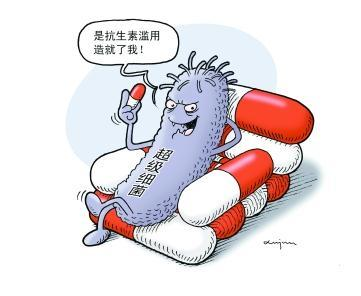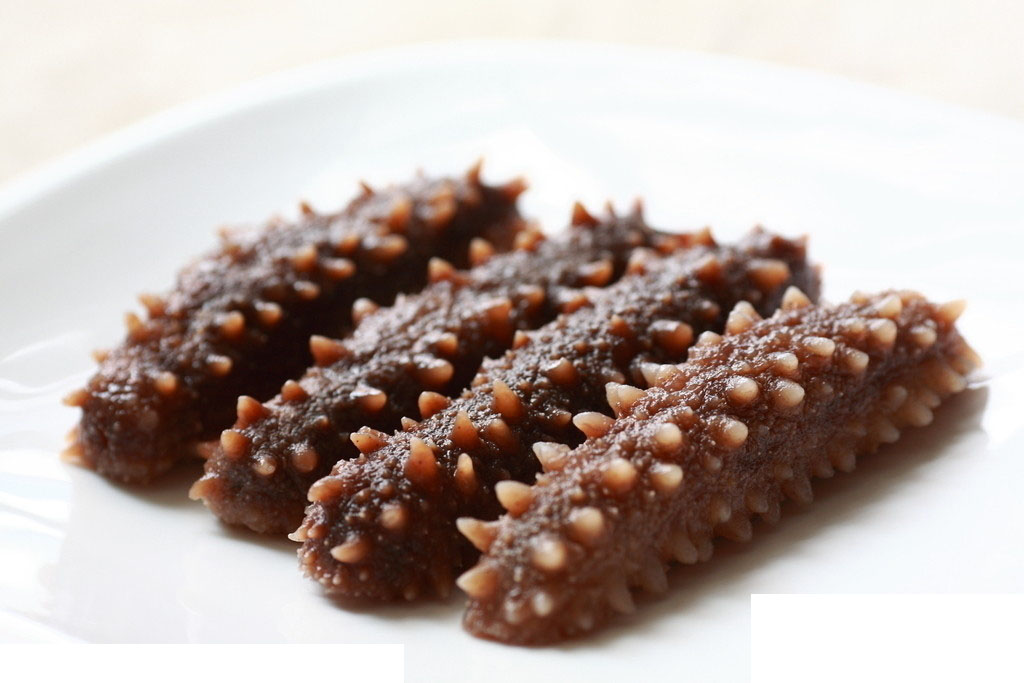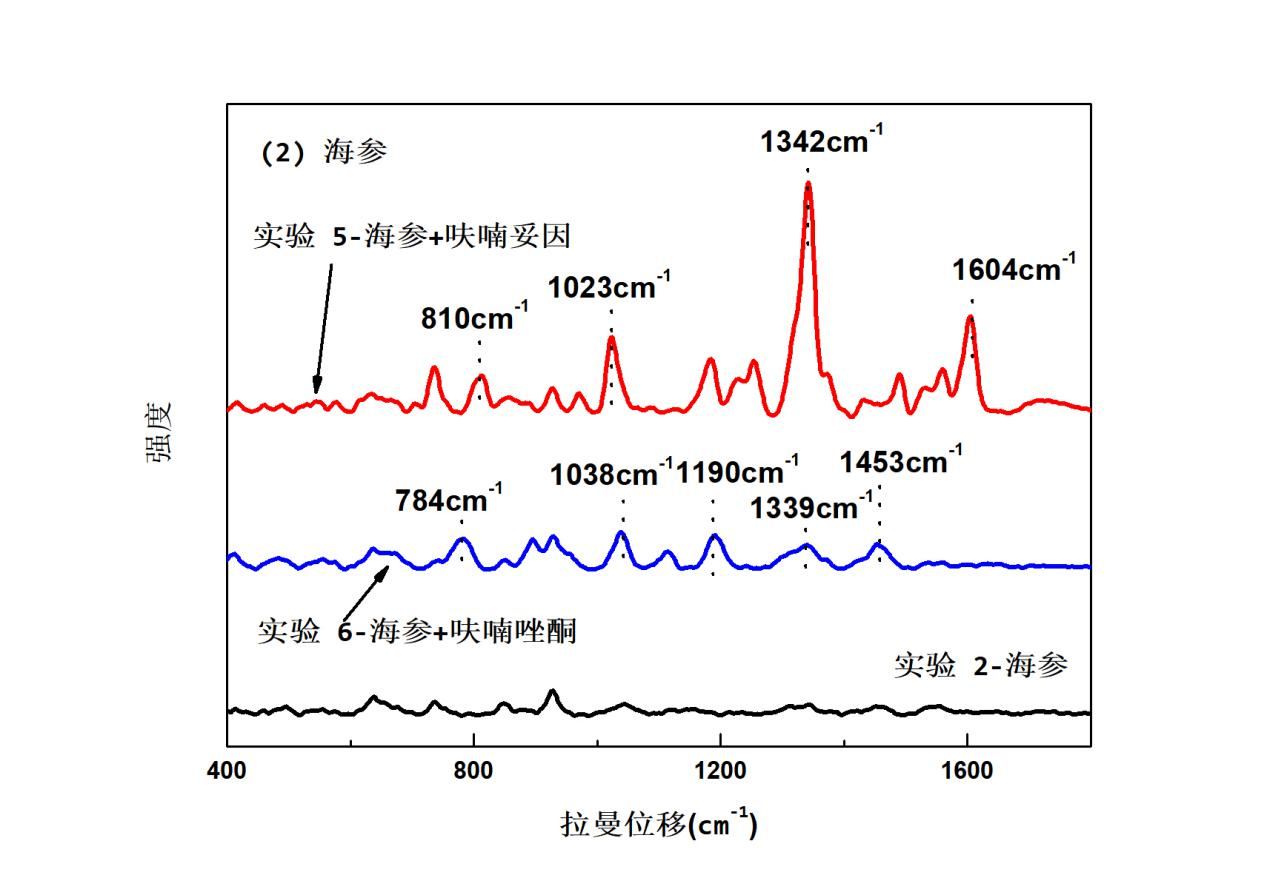|
簡體中文|
English| Launch:2022-07-04 |
1. Instroduction
Antibiotics are a class of secondary metabolites with resistance to pathogens or other activities produced by microorganisms (including bacteria, fungi, actinomycetes) or higher animals and plants in the process of life, and are a class of chemicals that can interfere with the developmental function of other biological cells. Most of the antibiotics commonly used in clinical practice are extracts from the culture liquid of transgenic engineered bacteria and compounds synthesized or semi-synthesized by chemical methods. Antibiotics in the breeding industry to find that can not only promote animal growth and development can also help animals resist diseases, treatment of diseases, in the animal husbandry industry has a wide range of applications.
Nitrofurans are a broad-spectrum antibiotic that kills most pathogens such as gram-positive bacteria and gram-negative bacteria, fungi and protozoa, and has been widely used in livestock, poultry and aquaculture for the treatment of enteritis, scabies, redfin disease, ulcer disease and so on caused by E. coli or Salmonella. However, due to the carcinogenic and teratogenic side effects of nitrofurans and their metabolites on the human body, the Ministry of Health of China included the nitrofuran drugs furazolidone, furatazolone, furantoin and furacillin in the blacklist of non-edible substances that may be added illegally on March 22, 2010.
However, due to the low price and significant efficacy of nitrofurans, there are still often illegal uses in aquaculture, and the residues of nitrofurans in aquaculture animals are still not optimistic. According to the results of the risk investigation in recent years, nitrofuran is still one of the most highly detected illicit drugs.

![]()

Nitrofurans and their metabolites are commonly used detection methods such as liquid chromatography, liquid chromatography-mass spectrometry, etc. Such methods need to be equipped with expensive liquid chromatographs and liquid phase-mass spectrometers and other instruments, the use of pretreatment methods and instrument operations also have higher requirements for experimenters, and the detection time is long, the test cost is high, so it limits the application of chromatography and mass spectrometry in the front-line supervision site.
Surface-enhanced Raman spectroscopy overcomes the shortcomings of low sensitivity of traditional Raman spectroscopy and enables the detection of trace substances, while also having the advantages of simple sample pre-processing, fast detection speed, and easy on-site detection. Therefore, it has been widely used in food rapid inspection, environmental monitoring, biomedicine and other fields, and has shown good application prospects in agricultural and veterinary drug residues, restricted or prohibited additives in food.
Based on Raman spectroscopy technology, Oceanhood combined with its own advantages in the development of Raman spectrometer equipment and spectral software, launched the Raman spectroscopic antibiotic rapid test kit. Among them, the furan speed test kit is designed for furan drugs in aquatic products, the overall detection time of the program is within 30 minutes, and the cost of a single test is not more than 15 pieces, which can efficiently and quickly detect the residues of furan drugs in aquaculture water and various aquatic products.
2. Experimental solutions
2.1 Experimental subjects
Detection matrix: pond culture of sea cucumbers;
Test items: furazolidone, nitrofurantoin;
Note: Pond water and sea cucumbers have been tested for the absence of furans using liquid chromatography-tandem mass spectrometry in accordance with GB 31656.13-2021.
2.2 Methods
Before the start of this experiment, the aquaculture water and sea cucumber were tested by liquid phase-mass spectrometry to confirm that the two matrix samples did not contain furan residues. The samples to be tested are configured in the following table by standard standardization, and the detailed experimental information is shown in the following table.
實驗編號 | 實驗樣品 | 添加藥物 | 添加濃度(mg/kg) |
1 | 養(yǎng)殖水 | 呋喃妥因 | 0.1 |
2 | 呋喃唑酮 | 0.1 | |
3 | 海參 | 呋喃妥因 | 1 |
4 | 呋喃唑酮 | 1 |
*Note: Cultured water and sea cucumbers have been confirmed to be free of nitrofurantoin and nitrofurantobin residues.
2.3 Procedure
In this experiment, Oceanhood self-developed furan Raman speed test kit combined with pretreatment machine is used to pretreat sea cucumber samples, and the box Raman spectrometer collects spectral data and intelligently checks E+ software for identification.
Sample pretreatment process: Weigh 1 g of experimental sample, add extraction reagent, and fully shake the extraction. After extraction, add purification reagents, after purification for machine detection, for detailed testing process, please refer to the Oceanhood self-researched furan Raman speed test kit instructions.
2.4 Instruments & Consumables
產(chǎn)品 | 型號 | 數(shù)量 |
箱體式拉曼光譜儀 | IRS1000 | 1 |
前處理一體箱 | RFSC-1000 | 1 |
比色皿 | CVT-721 | 6 |
呋喃拉曼快速檢測試劑盒 | / | 1 |
2.1 Results
The experiment was divided into 6 groups, experiments 1 and 2 were tested on the cultured water and sea cucumber without furan drugs, and no furantoin and furazolidone characteristic displacements were found in the test spectrum, and the test results were consistent with the liquid-mass spectrometry, which proved that the two experimental subjects did not contain furan drug residues. Experiments 3 and 4 were the test results of adding furazolidone and nitrofurantoin to the culture water, and the Raman characteristic displacements of 810, 1023, 1340, 1604 cm-1 and other Raman characteristics could be clearly found in the test spectrum of experiment 3, indicating that nitrofurantoin with the addition of 0.1 mg/kg could be detected by Raman spectroscopy; According to the Raman characteristic displacements of 784, 1038, 1190, 1339, 1453cm-1 and other Raman characteristics in the Raman test spectrum of Experiment 4, it can also be seen that the furazolidone added to the culture water has been detected.

Experiments 5 and 6 added furazolidone and nitrofurantoin to sea cucumbers, respectively, and similar to the results of the aquaculture water test, the two drugs can also be detected by Raman spectroscopy in sea cucumbers.

實驗編號 | 實驗樣品 | 添加藥物 | 添加濃度(mg/kg) | 是否檢出 |
1 | 養(yǎng)殖水 | -- | -- | 否 |
2 | 海參 | -- | -- | 否 |
3 | 養(yǎng)殖水 | 呋喃妥因 | 0.1 | 是 |
4 | 呋喃唑酮 | 0.1 | 是 | |
5 | 海參 | 呋喃妥因 | 1 | 是 |
6 | 呋喃唑酮 | 1 | 是 |
In this furan drug testing experiment, the Oceanhood self-developed box type Raman spectrometer combined with the furan Raman speed test kit was used to test the cultured water and sea cucumbers with furan drugs, and the furazolidone and nitrofurantoin added to the two samples could be accurately detected.

